Putting XML to Work in the Library: Tools for Improving Access and Management
Optimize information access across platforms, vendors, andthroughout your library! Offering the advantages of both control and flexibility, the authors show how librarians using XML can begin to selectively impose control in the haphazard digital environment.\ \ XML, the language of the Web, is becoming the tool of choice to modernize the technical infrastructure in the information profession. XML champions Miller and Clarke argue that for dealing with content, metadata, and access issues,...
Search in google:
Miller and Clarke, both affiliated with Lane Medical Library, Stanford University Medical Center, outline steps to help libraries make the most of XML. They explain what XML is and why it's important, show how it integrates with MARC and AACR data, and show how to use XML's style sheets and schemas. The book is useful for librarians working in systems, technical services, and cataloging, as well as webmasters. Annotation ©2004 Book News, Inc., Portland, OR Library Journal The authors, who are from the Lane Medical Library at the Stanford University Medical Center, argue that XML (eXtensible Markup Language) is a solution to many of the digital access and management challenges facing libraries today. In the first two chapters, they present an overview of XML, explaining why it was created and its important differences with HTML, and then trace the development of XML-related technologies. Since XML deals not with the display of information like HTML but with the use of information itself, an XML project can become quite complex. The narrative descriptions of XML syntax and technologies and how they interrelate are rather intricate and can be a tough read. However, the authors gallantly try to make library-related XML projects understandable, and they excel in placing XML in a library context. In Chapter 3, Miller and Clarke introduce the concept of XML schemas that can be used as blueprints to build workable structures made up of XML building blocks that can stand on their own or interconnect with other schemas. As an example a detailed critique of MARC and AACR is presented in contrast to the flexibility of XML, and the authors describe their own experimental XORBIS project as an XML alternative to MARC and other traditional cataloging practices when dealing with digital information. In Chapter 4 they outline open source tools available for creating and validating XML documents, and they conclude their book with a presentation of some XML standards in the development stage and several other XML solutions used at the Lane Medical Library. As Miller and Clarke are at the forefront for the use of XML in libraries, all catalogers, systems librarians, and other programming-oriented librarians dealing with the challenges of providing access to and managing digital information should read their book. [For a more detailed look at other XML library projects, see Roy Tennant's XML in Libraries.]-Robert Battenfeld, Long Island Univ.-Southampton Coll. Lib., NY Copyright 2004 Reed Business Information.
FiguresIntroduction1It's Elemental, My Dear Watson12"The Nice Thing about Standards ..."443In the Scheme of Things914XML Tools: What Do You Want to Do Today?1455The Future is Now: Trends and Possibilities173References191Index195
\ Library JournalThe authors, who are from the Lane Medical Library at the Stanford University Medical Center, argue that XML (eXtensible Markup Language) is a solution to many of the digital access and management challenges facing libraries today. In the first two chapters, they present an overview of XML, explaining why it was created and its important differences with HTML, and then trace the development of XML-related technologies. Since XML deals not with the display of information like HTML but with the use of information itself, an XML project can become quite complex. The narrative descriptions of XML syntax and technologies and how they interrelate are rather intricate and can be a tough read. However, the authors gallantly try to make library-related XML projects understandable, and they excel in placing XML in a library context. In Chapter 3, Miller and Clarke introduce the concept of XML schemas that can be used as blueprints to build workable structures made up of XML building blocks that can stand on their own or interconnect with other schemas. As an example a detailed critique of MARC and AACR is presented in contrast to the flexibility of XML, and the authors describe their own experimental XORBIS project as an XML alternative to MARC and other traditional cataloging practices when dealing with digital information. In Chapter 4 they outline open source tools available for creating and validating XML documents, and they conclude their book with a presentation of some XML standards in the development stage and several other XML solutions used at the Lane Medical Library. As Miller and Clarke are at the forefront for the use of XML in libraries, all catalogers, systems librarians, and other programming-oriented librarians dealing with the challenges of providing access to and managing digital information should read their book. [For a more detailed look at other XML library projects, see Roy Tennant's XML in Libraries.]-Robert Battenfeld, Long Island Univ.-Southampton Coll. Lib., NY Copyright 2004 Reed Business Information.\ \
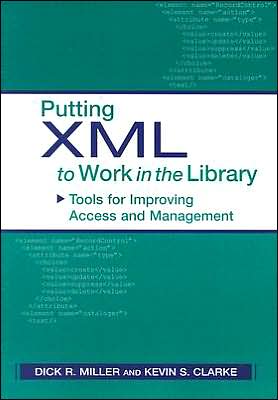
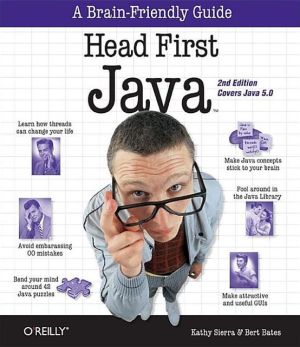
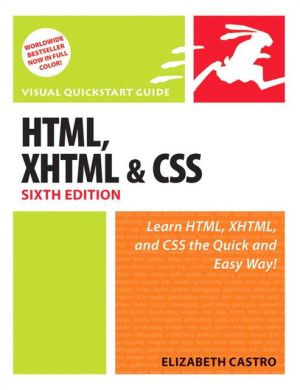
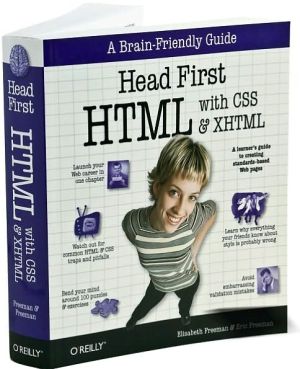
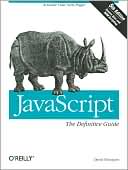
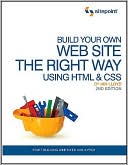

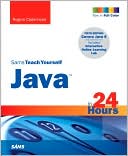
![Java How to Program: Early Objects Version [With CDROM] Java How to Program: Early Objects Version [With CDROM]](/application/data/covers/30/64/9780136053064.jpg)